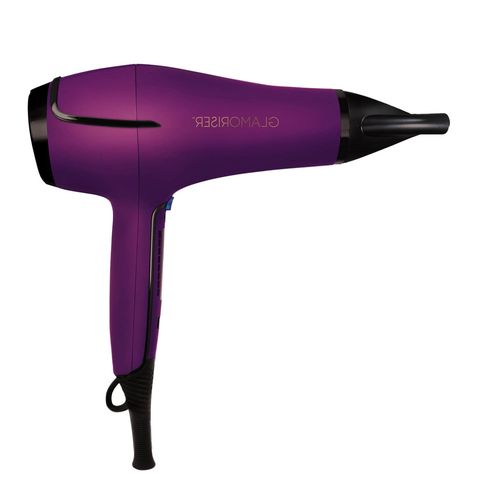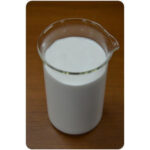
All Information about Sticker adhesive
Definition
Stickers rely on an sticker adhesive, which is a type of glue or paste that allows them to adhere to a surface. Adhesives can be construct from a variety of materials and manufactured in a variety of methods, but they all function in a similar manner by utilizing “macromolecules.
” The term “macro” denotes “large.” These molecules can be compare to “molecular ropes,” which are long chains of repeating molecules.
Certain molecules have a natural tendency to adhere to one another and to other molecules. The molecular ropes of adhesives are organize such that their small sticky bits are all aligned up.
With all of those sticky components interacting, the molecules adhere very strongly to one another and to a variety of surfaces.
Chemists and engineers create a wide range of adhesives and are always attempting to develop new large molecules that are even stickier—or less sticky, when necessary, such as for detachable stickers.
Uses of Sticker adhesive
adhesive for labeling on PVC, polyester polypropylene, glass, Wood, ceramics and fabric use for the manufacture of stickers of paper, Pvc , polyester polypropylene and fabric.
Can be utilize in the production of pressure sensitive carpets as well as self adhesive cotton tape
How to stick sticker again?
- Stamps, labels, and other products with adhesive on the front or back can be repair and made sticky again.
- Lay a newspaper flat on a surface.
- Spread out your stickers, picture side down, with plenty of space between them.
- Hold a can of spray adhesive about 8 inches away from the stickers’ surface.
- Spray evenly and softly. Make sure not to overspray.
- Allow them to dry for 30 minutes.
Place the stickers on wax paper that has been lightly coat with glue to keep them in place.
What is self adhesive stickers?
A self-adhesive label is a low-cost information carrier that may be found individually or as part of the package everywhere around us. Because of its commercial, informational, logistical, and aesthetic functions, it has become an essential component of many objects that surround us.
Self-adhesive stickers are quick and simple to use.
Classic materials for self-adhesive labels
We manufacture labels out of a broad variety of self-adhesive papers and plastic foils, glossy or matte, color or transparent, always to satisfy the client’s needs (for example, thermo-active paper for further printing at the consumer’s site or plastic for high solidity and humidity resistance).

Self-adhesive labels in special editions
Labels are create utilizing cutting-edge technologies such as holographic 3D effects, metal looks, conspicuous reflected colors, metal stamping, and so on. Security features can be add to security labels, transforming them into an effective seal.
Unprinted or pre-printed labels allow the consumer to create extra information using any sort of printer, including thermal transfer printers.
These include bar codes, manufacture dates, and so forth. The sticky tape is perforate and laminated to produce resistant printed labels.
2 Step make sticker adhesive.
Step 1
In a mixing bowl, combine white Elmer’s Washable School Glue and an equal amount of white vinegar until you get a thin, milky mixture.
Using a tiny paint brush or a pastry brush, spread the glue mixture lightly on the back of the paper.
Step 2
Allow it to dry before applying a second layer and letting it dry again. Then, using scissors or a craft punch, cut out the necessary shapes.
Although the adhesive is harmless, it does not taste very nice, therefore for mass adhering, wet the back of stickers with a dampened sponge.
Top 3 way to remove Sticker adhesive
After you’ve removed as much as you can by hand, use one of the following procedures to remove any remaining sticker residue.
One word of caution: Before using any of these treatments, examine the surface in an inconspicuous location to ensure that it will not discolour or do other harm.
Plastic Scraper
Metal blades may harm surface you’re attempting conserve, but plastic scraper (such as the edge of an old gift card) or the blade of a plastic knife may be used safely to remove adhesive from many surfaces without scratching.
Wiping area with the rough side of a sponge or scraping particles away with rubber eraser are two other choices. This works effectively to remove sticker residue off plastic, but be careful not to harm a glass surface.

Hot Water
Put a few drops of dish detergent in sink or container full hot water and soak the object in the water until the residue dissolves.
Using a plastic scraper or your fingers, scrape away the filth. Hot water is more successful in removing sticker residue than cold water.

Hairdryer
One of the finest instruments for removing sticker residue may be found in your bathroom. Aim a hair dryer at the residue, turn it on, and let the hot air release the glue. To remove, use a scraper.






